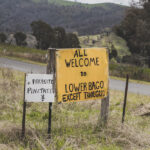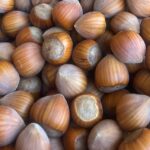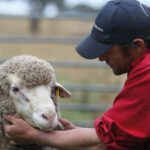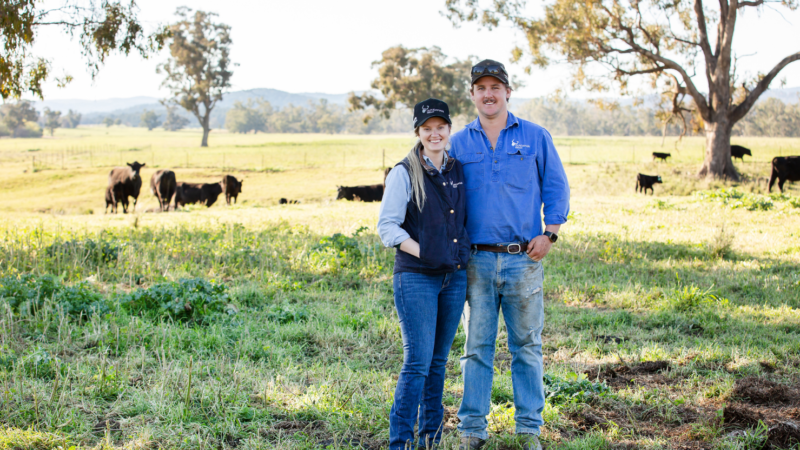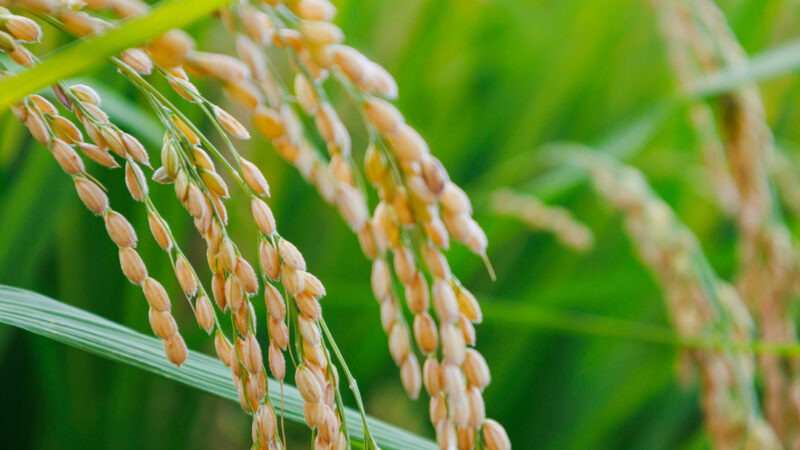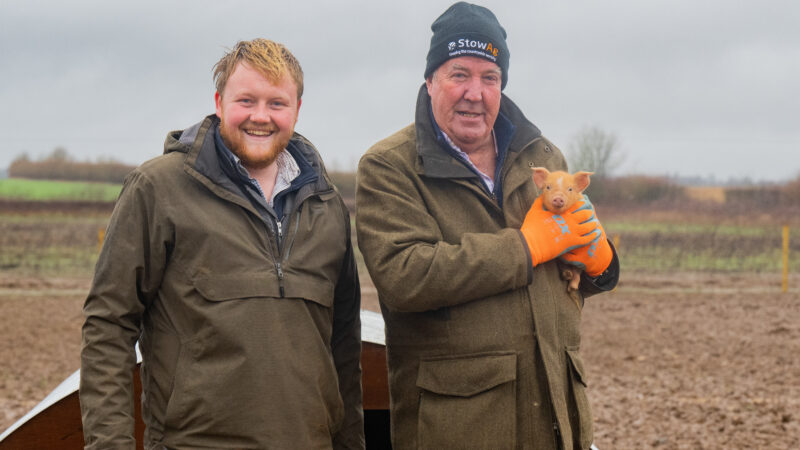Australia�s proposed journey towards �net zero emissions� by 2050 is gathering pace, with the share…
Gems of goodness in the lettuce industry
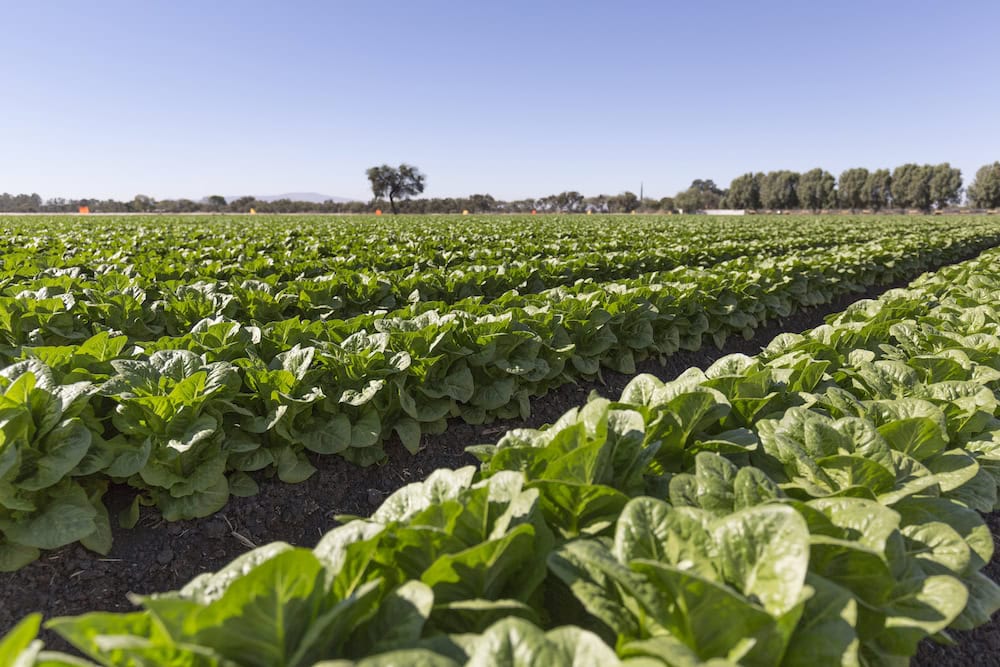
The salad was once a domain owned by the iceberg, but these days an array of new, petite and more colourful contenders have joined the field.
What these new types have in common is their size, as consumers increasingly look for a smaller delicate leaf that doesn�t take up the whole plate, require as much cutting and has a longer shelf life than more compacted varieties.
Enter the hugely popular red and green gems, baby cos, coral, oak and butter lettuce varieties, which are now a common feature at farmers� markets, fruit and vegetable shops and supermarkets, and a staple on the weekly shopping list.
Lettuce is predominately grown in the Sydney Basin, but there are also production pockets on the north coast of New South Wales, as well as in the central and far west regions, with 7 per cent of national production coming from the state.

According to figures from the 2019/2020 Hort Innovation Statistics Handbook in total, Australian farmers grew 135,000 tonnes of lettuce in 2020, at a value of $241 million.
Of this, 116,000 tonnes, valued at $208 million was sold at retail level, with $34 million or 19,000 tonnes sold into the food service sector. On the export front, 427 tonnes of lettuce were sent offshore, valued at $1 million.
Prices are also looking good with year-on-year value growing 19 per cent to $1.53 per kilogram, despite volumes dropping by 1.32 per cent in 2020.
Stand aside iceberg
Frances Tolson is the Account Manager, Retail & Trade, with seed breeding company Rijk Zwaan Australia, which is a family-owned business that originated in Holland in 1924. It focuses purely on vegetables and has 25 different crops and over 1,000 commercial varieties which have been bred for four climatic zones.
Frances says lettuce has been on quite a journey since iceberg had to share the lettuce limelight with more fancy alternatives.
To keep up with this shift and diversify the types of lettuce that are available for farmers to grow, Rijk Zwaan is constantly researching new seed types that it can offer to growers in all climatic zones and for all seasons.
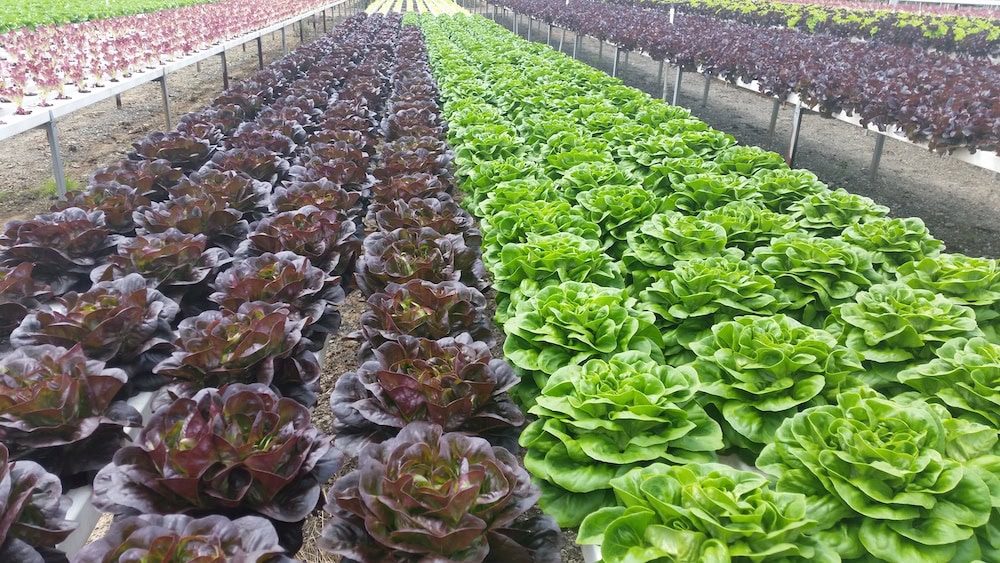
This involves cross-pollinating existing lettuce types with naturally reoccurring seeds, grasses and thistles that have been found in the wild overseas and in Australia. The eventual result is a new lettuce variety with its own individual set of characteristics.
�Over 20 years is required for the breeding program behind new types of lettuce,� Frances says, adding each new variety also goes through a validation process plus a series of on-farm trials before a decision can be made about whether it will be commercialised or not.
�Breeding is quite fast now because we are constantly breeding for stronger resistances, better yield and improved taste, so there is something for the consumer as well.�
Leafy success
One success story has been the development of the Salanova range of lettuces, with the new Salanova Butter now available in supermarkets around Australia, as well as on the menus of top restaurants.
�It used to be the iceberg, and then came fancy leaves that were the size of your hand, and now the leaves have changed to crispy, oaky and buttery types,� Frances says. �Now they are increasingly becoming bite-sized, and that is where the Salanova range is a cut above the rest.�
Frances Tolson � Account Manager, Retail & Trade, with seed breeding company Rijk Zwaan Australia.
Salanova Butter is grown predominantly for pillow pack salads and whole head Salanova Butter is currently grown for the food service sector.
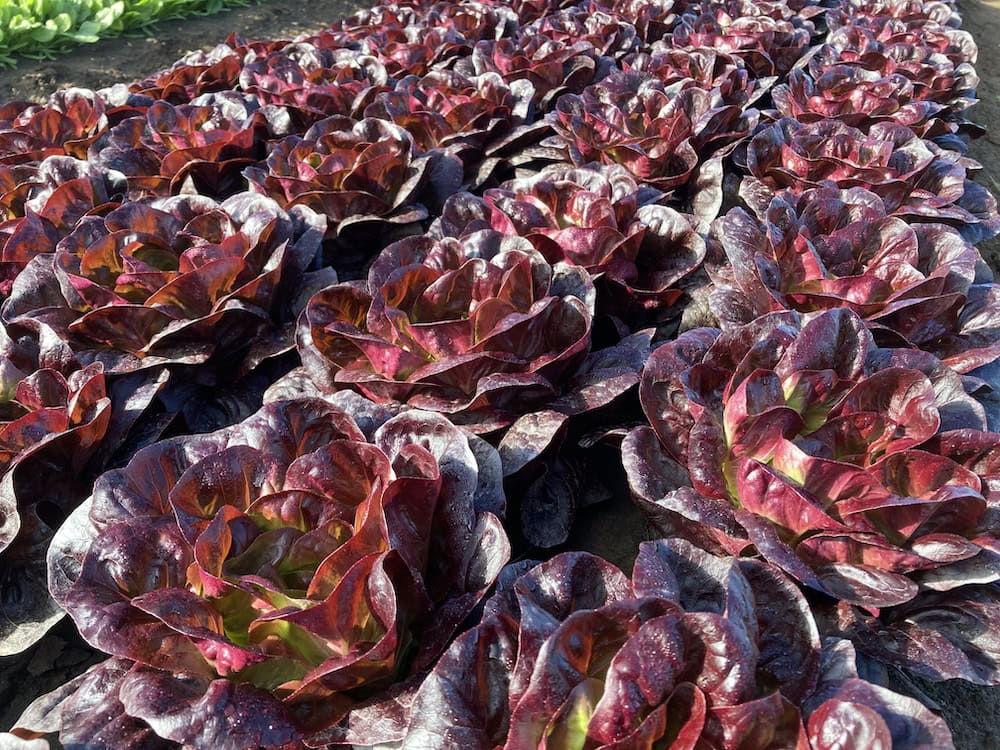
A similar process was undertaken to refine, or shrink, cos lettuce, which not that long ago was quite sizeable and would take up most of a crisper.
�Cos started quite large and then we started breeding the baby cos, which reduced it down to a medium size,� explains Frances. �From there we started breeding the twin-pack baby cos which reduced it even further. Then we started on the red and green gems as well, and soon a new crunchy cos will be available so that is also very exciting.�
Hydroponic lettuce from the Sydney Basin
Peter Muscat grows about 70,000 lettuces, including Salanova Butter, iceberg, cos, coral and oak varieties, on his one-hectare all-lettuce hydroponic farm at South Windsor in the Sydney Basin.
The seedlings are planted in raised plastic pipes which are perfect for drainage and also very useful for preventing weed growth. This means he doesn�t need to use any herbicides on his crops, which are also protected from the elements by hail nets.
The speed at which the lettuces grow means caterpillars also don�t have time to get in and munch their way through his crop.
�The growing times differ for each type, and caterpillars are not a problem because the lettuce just grows too quick. In summer we are about 40 days from seedling to harvest in the exotic green and red oak and coral varieties, whereas an iceberg will be around 60 days,� Peter says.
�The biggest seller is green oak leaf, which I sell a lot of to Asian supermarkets. The Korean markets tend to like coral, and growing wise they are very similar, around the 40-day growth period, which is good for us. We grow all year round and it can take an extra 10 days in the middle of winter to get them to the right size.�
Peter also conducts summer and winter farm trials for new Rijk Zwaan varieties, and enjoys seeing the new types of lettuce that are coming through.
�What is popular certainly does change. Thirty years ago it was all about traditional butter and red mignonettes, but today people want an open lettuce � one that is all leaves like oak or coral varieties. And these new red and green Salanova Butter varieties have very forkable leaves that are perfect for salads.
Lettuce grower Peter Muscat.
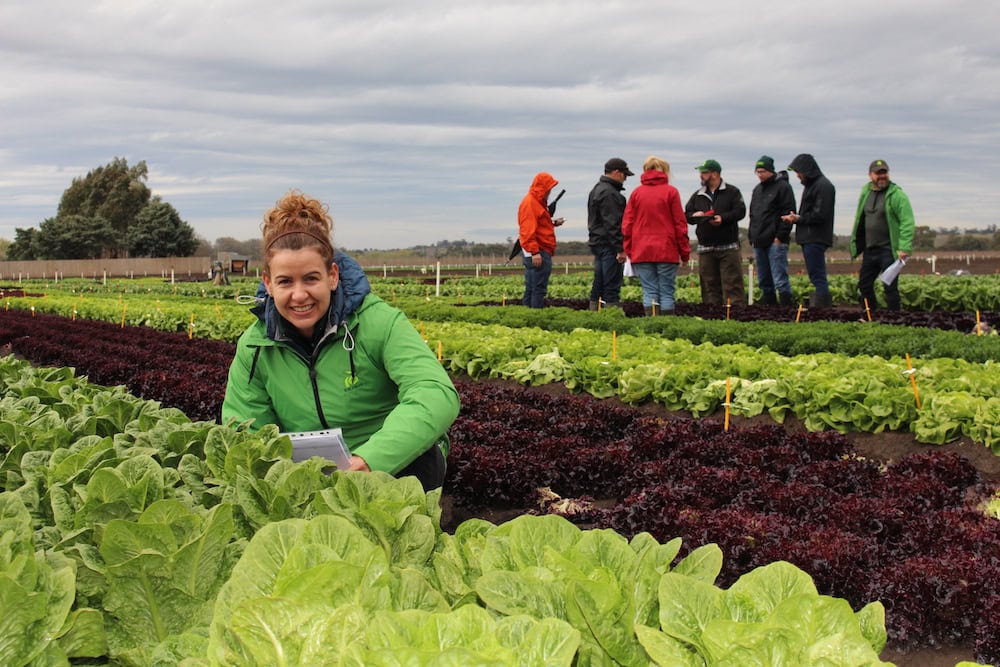
�These types also have a great shelf life, and seed companies are working tirelessly to bring out products that will last for up to 10 days.�
One tip Peter offers is to keep the roots on your lettuce for as long as you can. �We sell our lettuce with the roots on and that helps with shelf life. We tell our customers: don�t cut the stems off until you need to.�
Field producer from Camden
The Vella family have spent 50 years growing vegetables, and in 2017 opened a substantial commercial market garden specialising in field lettuce production at Razorback and Elderslie near Camden in Western Sydney.
The farm business has direct supply lines into national supermarkets through a wholesale network, and also supplies food service processors as well as fast food chain McDonald�s.
John Vella runs the farm, with his father Joe and brother Matthew. Together they grow red and green gems, baby cos, large cos and iceberg lettuce types.
John says that each type requires a different farming methodology, but all the beds are raised for draining purposes and planting widths vary from between 150mm to 240mm depending on the type.
�There�s a lot more per acre of the gems compared to the baby cos, and a lot more again of the baby gems. The large cos and the iceberg are planted on three rows instead of four,� he says.
�We used to grow a lot more iceberg and large cos, but we swung over to baby cos about eight years ago and that has gone really well for us. In the last year we started the new little gem cos and that is also going very well.
�We find the old traditional lines of iceberg and cos now tend to be more for food processing, and the baby cos is more for restaurants and domestic use. They are just that little bit sweeter and they also last longer in the household.�
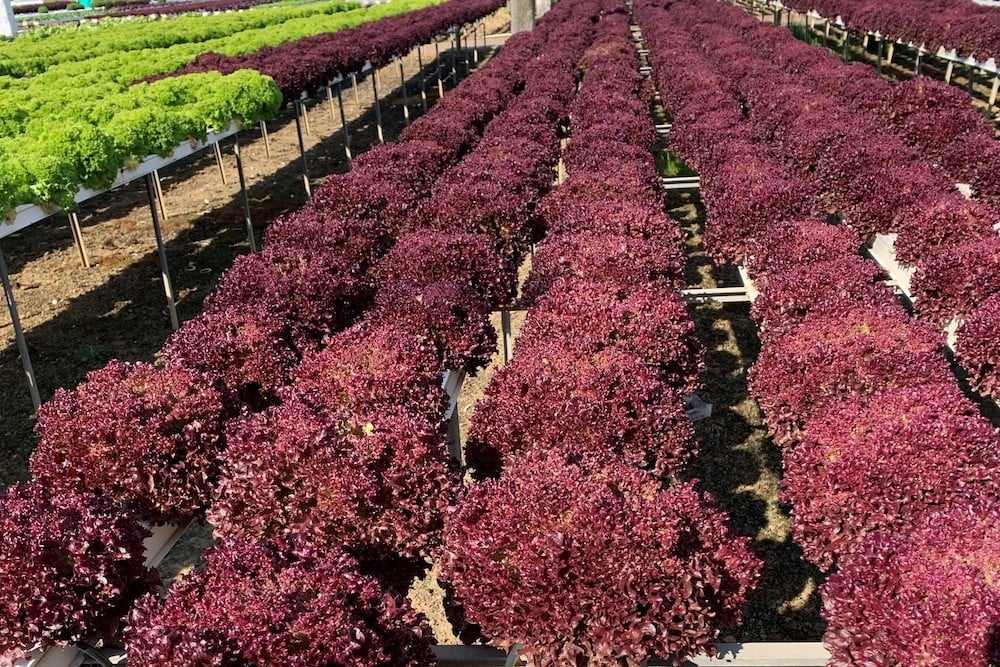
A fair amount of John�s produce is sold to food service companies and ends up in convenient and increasingly popular ready-to-eat meals.
Given his supply is predominantly to supermarkets, chain restaurants and food service companies, he hasn�t noticed a drop due to COVID.
�The chain stores are going gang busters, and the processors aren�t too bad, but if you were growing for the restaurants, it has been harder,� he says.
If you enjoyed this feature on the lettuce industry, you might like our story on the almond industry in NSW.


